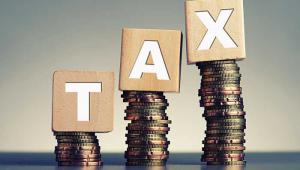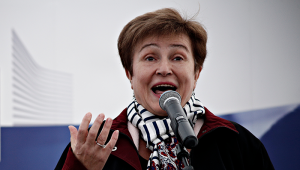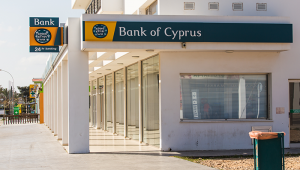Soaring public debt to finance growing fiscal imbalances has now prompted the government to seek help from the IMF, which is now backing a new economic plan with US$4.2 billion.
The plan to cut debt and increase productivity will involve curbing public spending – and almost certainly wage increases, which have outpaced productivity growth.
“First and foremost, reining in government spending, particularly through the optimisation of the wage bill, will be important to make Ecuador’s exports more attractive,” Anna Ivanova, the IMF’s mission chief for Ecuador, said in an interview published by the fund.
“Moreover, allowing for less rigidity in wages and prices could help support external adjustment.
“This can be achieved through policies that remove rigidities in the labour and product markets and in the financial sector.”
Encouraging governments to make labour markets more flexible and reforming taxes are standard IMF prescriptions aimed at promoting the growth of businesses.
Ivanova said Ecuador has enjoyed a healthy economy supported by the dollarisation regime but its policies have become inconsistent with that as falling oil prices after 2014 and appreciation of the dollar have exposed underlying weaknesses.
The government resorted to public debt – which has doubled over the past five years – and international reserves have fallen to low levels.
“Since Ecuador uses the US dollar as its currency, it is not able to use exchange rates as a tool to make its exports more competitive in the global market,” Ivanova said.
“Therefore, the country will have to rely on policies that allow for internal devaluation instead.”
She acknowledged that under previous governments Ecuador had made “substantial gains” in reducing poverty.
The percentage of the population living below the national poverty line fell from 64.4% in 2000 to 21.5% in 2017, and the share of the population living below US$1.90 a day fell from 28.2% in 2000 to 3.6% in 2016.














